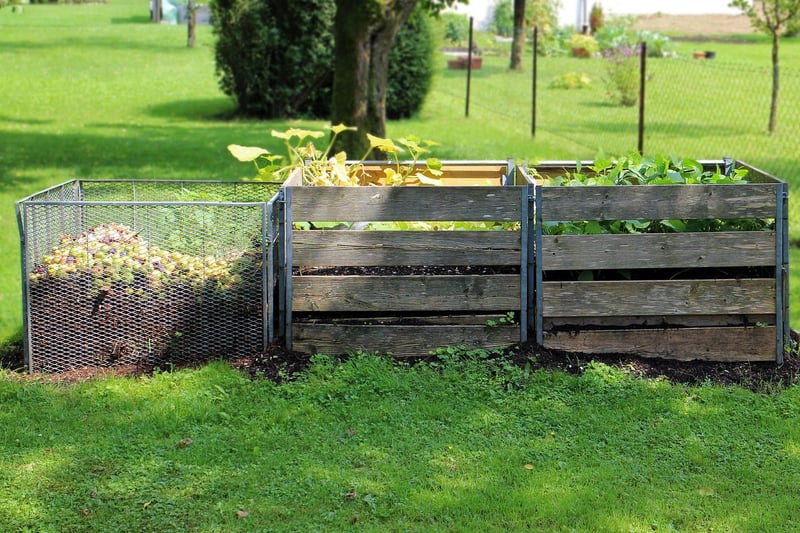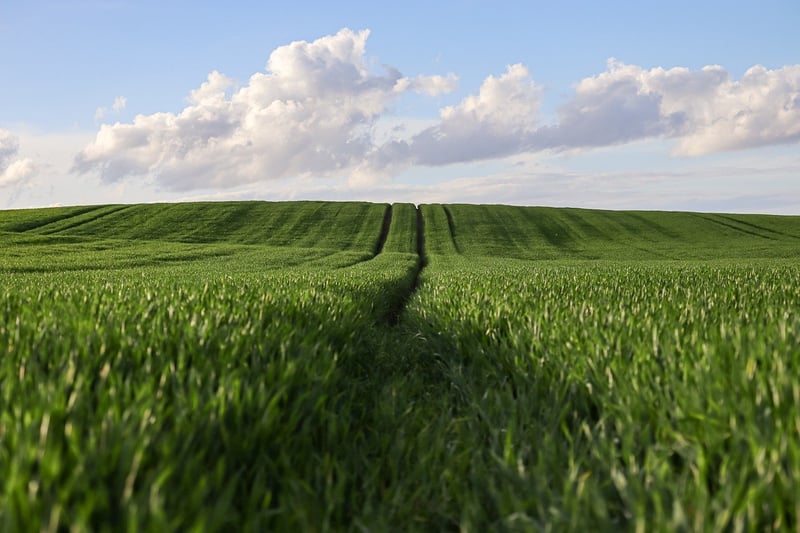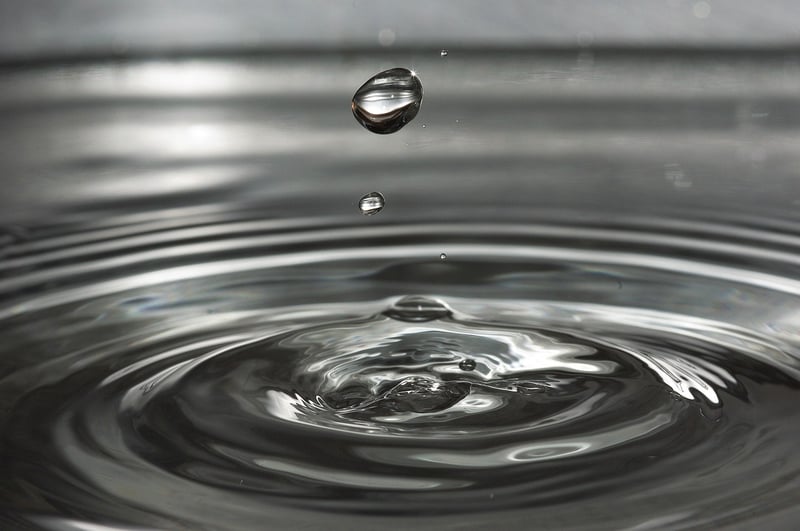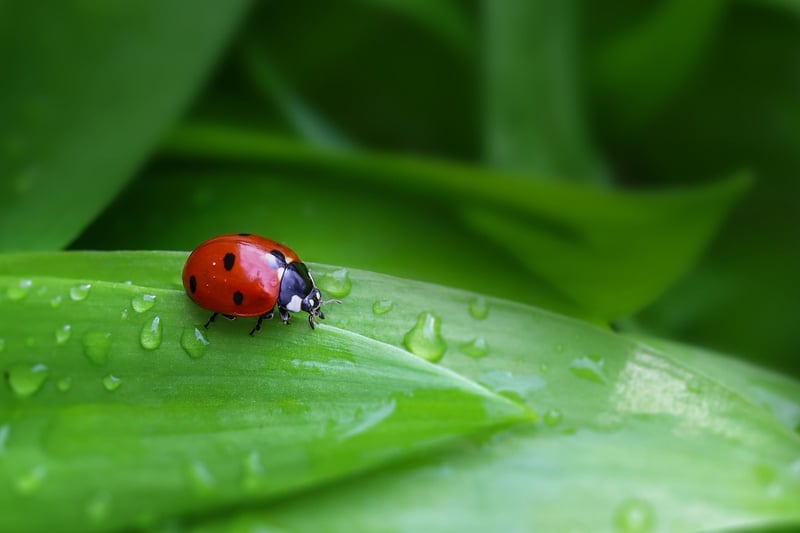Water-saving Techniques
Eco-Friendly Garden Practices and Water-Saving Techniques
The Importance of Eco-Friendly Gardening
Creating an eco-friendly garden not only benefits the environment but also enhances the beauty of your outdoor space. By implementing sustainable practices, you can reduce your carbon footprint and support local biodiversity.
1. Use Native Plants
Choose native plants for your garden as they are adapted to the local climate and require less water and maintenance. They also provide food and shelter for native wildlife.

2. Composting
Start a compost pile to reduce waste and create nutrient-rich soil for your garden. Composting also helps retain moisture in the soil, reducing the need for frequent watering.

3. Rainwater Harvesting
Collect rainwater in a barrel or tank to use for watering your garden. This practice conserves water and reduces your reliance on treated water sources.

4. Mulching
Apply mulch around plants to retain soil moisture, suppress weeds, and regulate soil temperature. Organic mulches also enrich the soil as they decompose.

5. Drip Irrigation
Install a drip irrigation system to deliver water directly to the plant roots, minimizing water waste through evaporation and runoff. This method is efficient and helps conserve water.

6. Organic Pest Control
Avoid harsh chemicals and opt for organic pest control methods such as companion planting, natural predators, and homemade remedies. This protects beneficial insects and maintains a healthy ecosystem in your garden.

Implementing these eco-friendly garden practices and water-saving techniques will not only benefit your garden but also contribute to a more sustainable environment. Start making a positive impact today!
